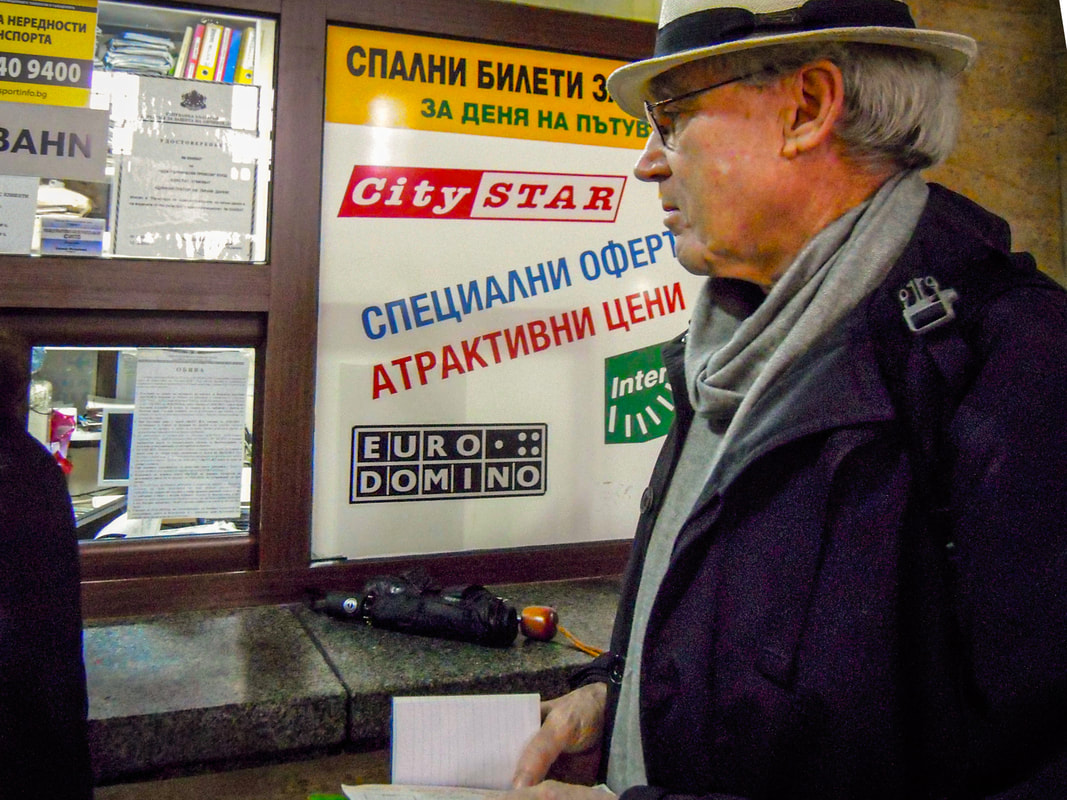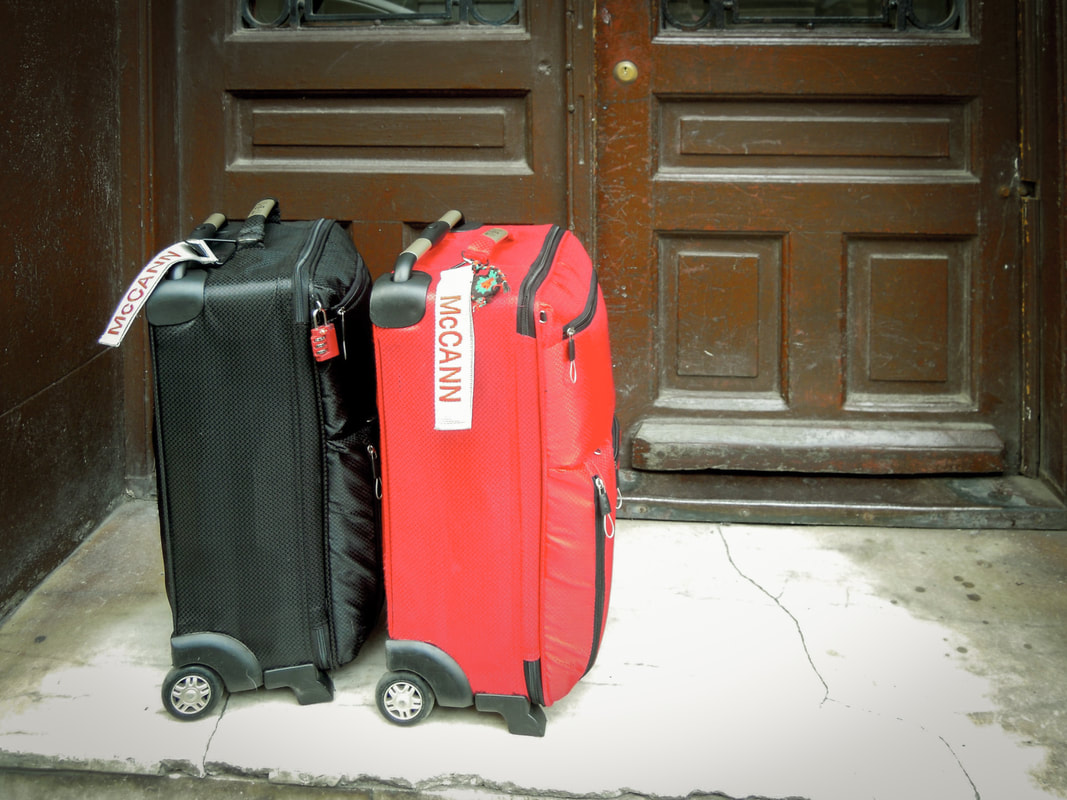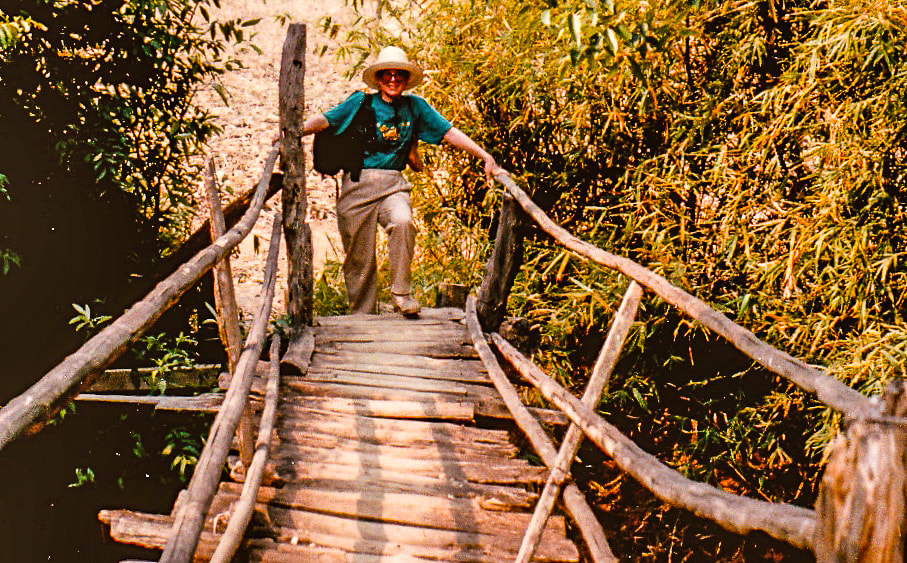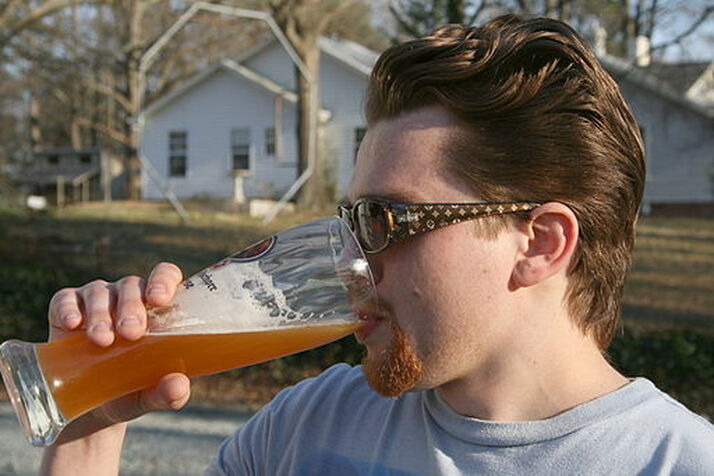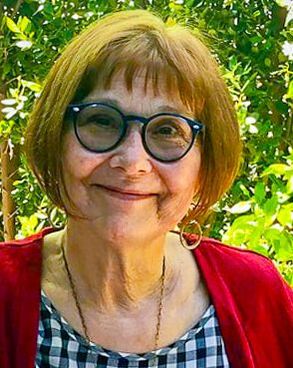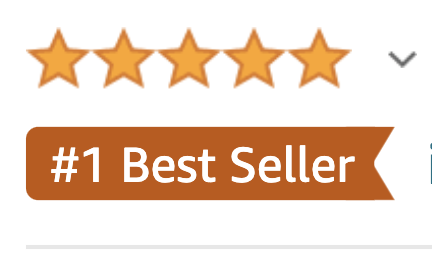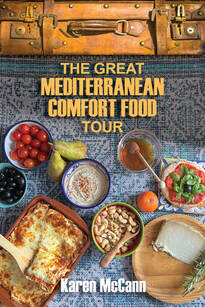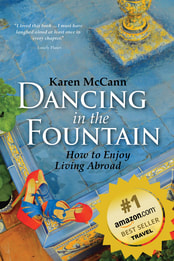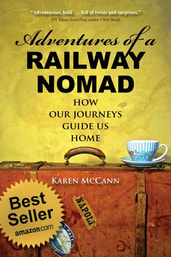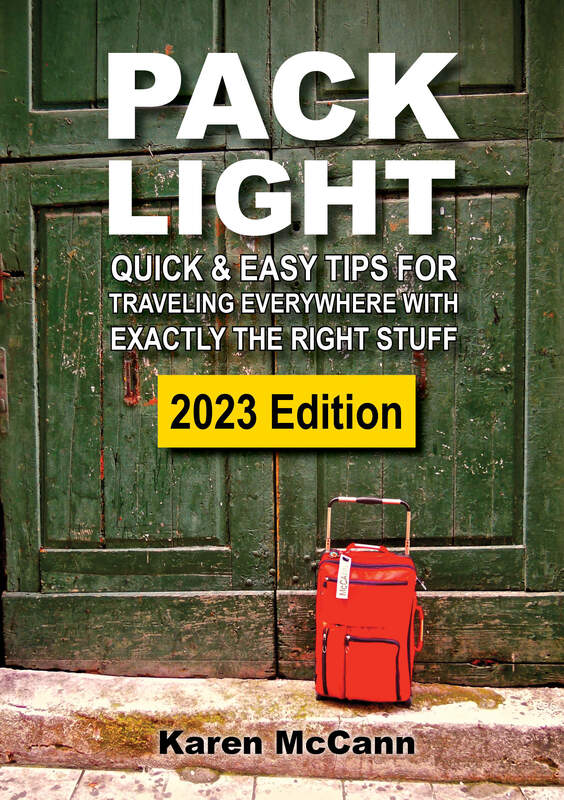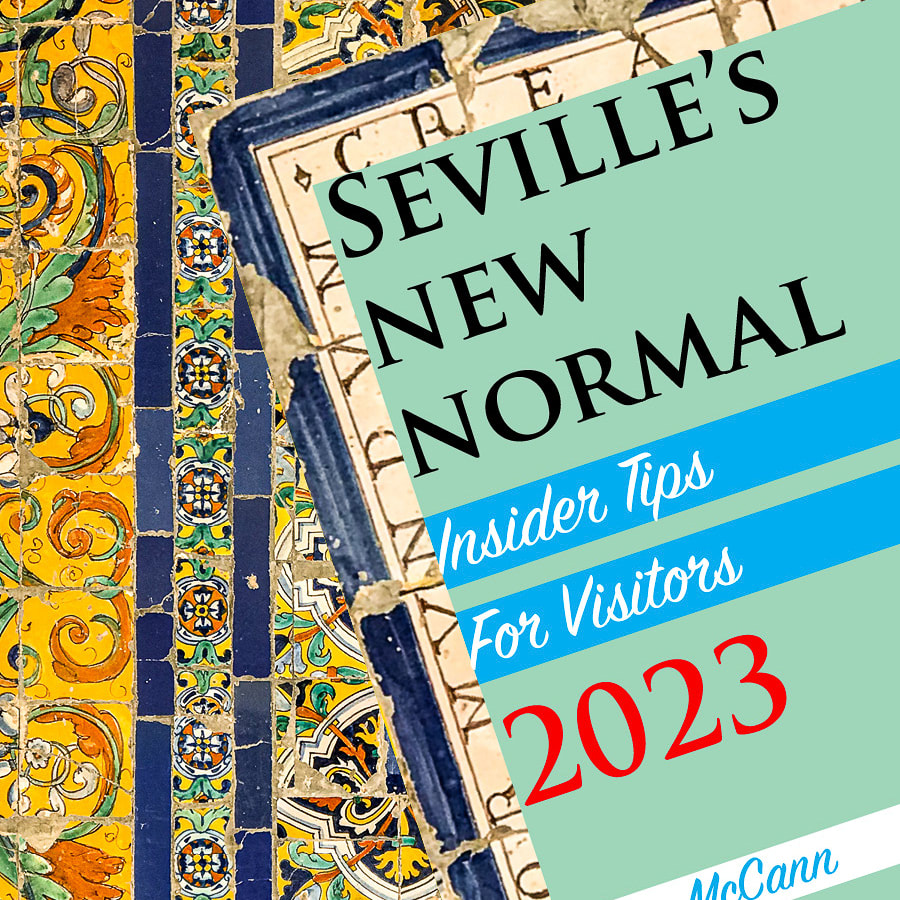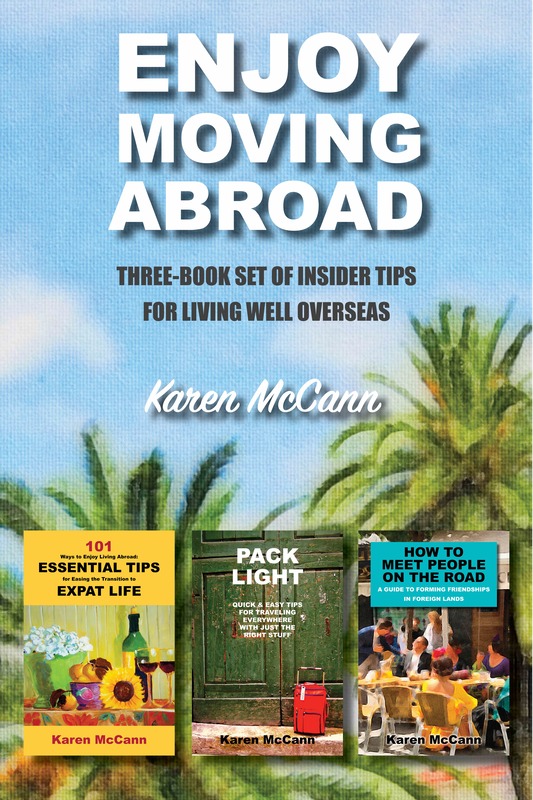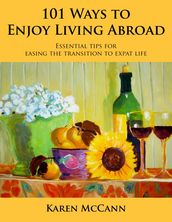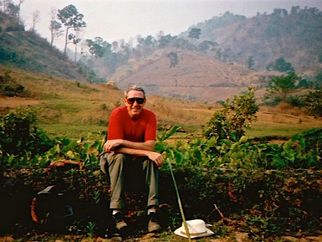 "I just need three more days of this!" Thailand 1992 "I just need three more days of this!" Thailand 1992 “I just need three more days!” Rich used to protest at the end of every two-week vacation from corporate life. We once managed a month in Asia, and the final week, sitting in café overlooking a bus station in India, he said, “I could definitely keep on going.” And after last year’s three-month train trip through Central and Eastern Europe, he turned to me and said, “What about a year on the road?” It was a huge idea. Scary. Exciting. Dizzying. Lots of us have fantasized, in an idle sort of way, about taking off around the world. But what would it be like, really? What advice would long-term travelers give to those of us who might someday follow in their road-worn shoes? I found they had some surprising insights, especially concerning popular myths and misconceptions about life on the move. 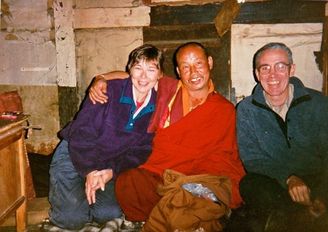 Buddhist monks always surprise you. Bhutan 1996 Buddhist monks always surprise you. Bhutan 1996 Myth #1: The world is a scary place. “Most places are as safe (or safer) than home,” says Clayton B. Cornell, the Spartan Traveler, who has been on the road since 2011. “The only place I’ve ever been violently mugged was in my home city of San Francisco.” He has a point; here in Seville, I feel safe walking by myself at night, something I would never do in an American city. Of course, every place has its ruffians and scoundrels, ready to exploit true idiocy – like a priest I knew who insisted on wearing flashy gold jewelry on Mexican buses until (surprise!) he was robbed. The key is to use a little common sense – and those security gadgets Rich loves. Myth #2: It costs a ton of money to travel. Sure, you can splurge on glitzy hotels and champagne that costs more than your car, but you don’t have to. “How to Travel the World for $1.94 per Day” reveals the thrifty habits that have enabled Wandering Earl to stay on the road since 1999. Michelle and Tim of The Travel Year, who spent $26,382 (19,409€ or £15,794) during their 16-month journey, published their itemized budget so we can see how it’s done. Forbes lays out more details in How I Saved Enough to Travel the World for Five Years. 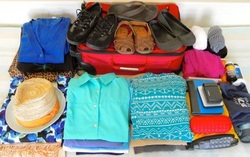 Contents of my suitcase for 3 month trip. 2013 Contents of my suitcase for 3 month trip. 2013 Myth #3: Planning, preparation, packing ... I’ll never get out the door. Sure you will. The key is doing less: less packing, less research, and no advance reservations; they make it impossible to linger in places you love and expensive to leave those you don’t. ”I read enough to give myself ideas but not so much that I give myself answers,” says Vagabonding’s Rolf Potts. “Pack everything you think you need . . . Then take out half of it!” advise Hannah and Adam of Getting Stamped, who have logged more than 330 travel days together. Easier said than done, I know, but last year I lived for three months out of a suitcase that was just 54 x 34 x 19 cm (21 x 13 x 7.5 inches) and weighed just 10.3 kilos (22.7 pounds). So it is possible! 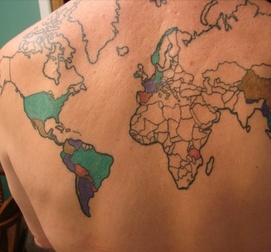 One way to remember which countries you've visited. One way to remember which countries you've visited. Myth #4. I have to see everything or the trip’s a failure. “We tend to vacation the same way we live: at warp speed with emphasis on performance and ‘box checking,’” says Jennifer Miller of BootsnAll. “Travel should not be about filling in that world map tattoo on your shoulder.” Myth #5. A year on the road will be enough. “It has been an amazing year – the best year of our lives – and we’ve learnt so much about each other, ourselves and the world that I don’t think we’ll ever go back to the lives we were living before,” say Dave and Carmen of Double-Barrelled Travel. Or as the Spartan Traveler puts it, “Traveling doesn’t get ‘traveling’ out of your system.” I’m sure he’s right. If Rich and I ever do decide to spend and entire year on the road, I know that at the end of it, Rich will turn to me, and say, “Out there is another adventure. Let’s go.” But enough about us. Would you ever consider spending a year traveling the world?
23 Comments
At a party in Bucharest last fall, I met a stocky, middle-aged Austrian who hinted broadly that he’d had sex with all the best women in the city. Not for the first time, I reflected that one of the enormous advantages of getting older was not having to worry that he would attempt to add me to his collection, requiring all sorts of tedious defensive maneuvers on my part. There wasn’t nearly enough left of my drink for me to waste any of it on his face. This small incident got me thinking about other advantages of growing older. Friends no longer recruit you to help them move a sofa up four flights of stairs. Yoga teachers aren’t as demanding and you have less to prove, making classes far more relaxing. And it’s a lot easier to sneak into places. When shopping in downtown Seville, I often walk confidently into one of the private clubs to use their ladies’ room; I’ve done it for so many years now that I’m pretty sure the staff is under the mistaken impression that I’m a member, and are probably worrying about why they never see me at the annual dinner. Of course, to me the greatest single advantage of this phase of life is our freedom to travel. Some of my retired friends brag, “I have six Saturdays and a Sunday every week. I never do anything!” But for many of us, this age brings the long-awaited opportunity to go places — whether that’s fishing at a favorite lake or a jaunt to another country — without worrying about having to show up at the office on Monday morning in good working condition. During our careers in Cleveland, Rich and I chose vacations that would get us “out there” – that is, off the tourist track, past the boundaries of common routes, to the cultural equivalent of places where, in ancient times, the maps would be marked, “Here there be dragons.” Last year, when we were planning our three-month train trip through Central and Eastern Europe, I realized with something of a shock that activities I’d undertaken without hesitation in my twenties, even my forties, raised new questions now. Rich and I were both active and reasonably healthy, but there was no getting around the fact that we were in our sixties (or, as Rich likes to put it, sexagenarians) and had lost our taste for traveling rough. But we hadn’t lost our desire to get far enough out there to feel the spine-tingling zing of being truly alive. We started referring to the train trip as The Experiment, a test to see how a couple of sexagenarians might survive several months on the road. The rules were simple. We would walk out our door in Seville, stroll to the train station, and simply go, with just a rough itinerary and no fixed schedule or advance reservations. Our accommodations would mostly be Airbnb apartments and hostels. We’d pack very light. And if at any time it got to be too much, we’d give in gracefully and fly home. The trip covered 4627 miles (7446 kilometers). We had a few scary moments, encountered some pretty dodgy lodgings, and used a number of unspeakably ghastly public rest rooms. But mostly we had fun, made friends, and learned a lot about how and why we all travel. Rich and I consider The Experiment a success, as we proved to ourselves that being retirement age had not dimmed our ability to have grand adventures. The Spanish word for retired is jubilado, from the Latin word jubilant, which means “shout for joy.” I love this attitude. Hitting retirement age is something to celebrate. After all, as recently as 1900, the life expectancy in the US and in Britain was just 47 years. I consider every year after that to be a gift. What will you do with yours? 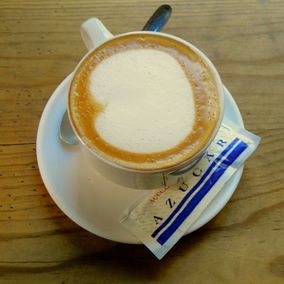 My café con leche this morning My café con leche this morning I always thought Americans drank a lot of coffee, but when I moved to Spain, I realized that most of us are total lightweights compared to my new espresso-swilling amigos. Sevillanos drink their coffee strong enough to reanimate the dead, late enough in the evenings to cause permanent insomnia, and in quantities that should make them too jittery to lift the next cup to their lips. But are they suffering from all this overindulgence? No, they’re getting healthier with every cup. Turns out just about everything I once thought about coffee isn’t true at all. Myth #1. “That stuff'll kill you.” No, it won’t! Even drinking six cups a day won’t bring the grim reaper to your door one single moment earlier according to a major Harvard study. In fact, the latest research shows there are huge health benefits from drinking coffee. It’s good for your liver, for instance, reduces the risk of Type 2 diabetes and helps control Parkinson’s symptoms. For women, it makes us less likely to get skin cancer and endometrial cancer, and guys, you’ll be glad to know your risk of prostate cancer drops by 20%. For years I was virtuously drinking green tea instead of coffee, and now I learn that my sacrifice was not only useless, it robbed me of potential health benefits. I started drinking coffee again about a year ago, and now I realize how much catching up I have to do! 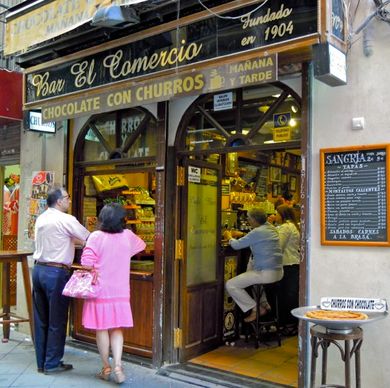 Sevillanos enjoying their morning coffee Sevillanos enjoying their morning coffee Myth #2. “Coffee has no nutritional value.” On the contrary, it’s chock full of antioxidants. “Americans get more of their antioxidants from coffee than any other dietary source. Nothing else comes close,” said Joe Vinson, Ph.D., who led the study showing that coffee outperforms bananas, dry beans, corn, cranberries, and many other foods touted for being rich in antioxidants. Antioxidants, of course, are the molecules that protect us from free radicals – the unstable terrorist cells, if you will, of the body, sinister agents of infection and disease. Myth #3. “You’ll become a nervous wreck.” While seriously overdosing on caffeine can make anyone twitchy, most coffee drinkers are actually more contented than those who abstain. Java stimulates the central nervous system and boots the production of certain neurotransmitters, making coffee a mild antidepressant; not only does it lower depression, it can reduce the risk of suicide by 50%. And it supports brain health, helping older adults avoid Alzheimer’s disease and dementia. In one study, sleep-deprived rats became less stressed simply by smelling coffee brewing. I know just how they feel! 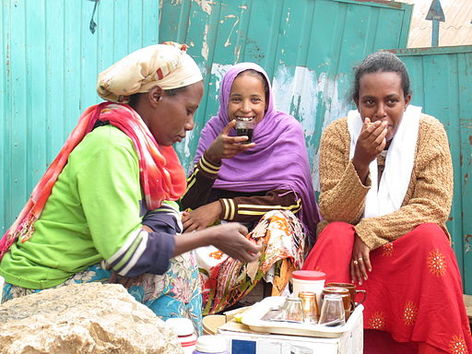 Abyssinian Fund women drinking coffee. Photo by Revrichards. Abyssinian Fund women drinking coffee. Photo by Revrichards. In addition to all the health benefits, coffee also provides a small, comforting daily ritual and, when we’re on the road, a touchstone of the routines we’ve left behind. A woman from New York once stopped Rich on the street in downtown Seville and begged him for directions to the nearest Starbucks. He tried to point out to her that Seville has some of the finest coffee in the world, at a fraction the price she’d find at the giant American corporate chain. “You don’t understand,” she said. “I don’t just need coffee, I need my coffee.” Sevillanos feel just the same way; most have a favorite café where the staff knows their preferences and will have a cup prepared to their precise specifications before they have time walk from the door to the counter. Not just coffee, but their coffee. Being somewhat newer to the coffee business, I’m less fussy about whether it comes in a glass or a cup, the precise coffee-to-milk ratio, and other fine points of the process. I drink coffee for pleasure, as a pick-me-up, and to share in the ritual with which people all over the world choose to start their day. If coffee also happens to help me live a longer, happier, healthier life, you certainly won’t hear me complaining about it. 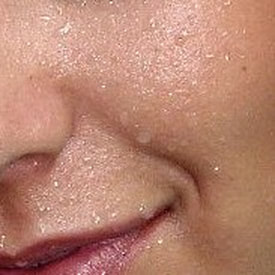 I’ve learned to believe a lot of impossible things since I moved to Seville: eating more often helps you stay thin, for instance, ham lowers your cholesterol, and afternoon siestas make it easier for you to sleep at night. But I had to scoff last week when my friend Rena said, over a couple of frosty brews, “Have you heard? Now they’re saying that beer is better at rehydrating you than water.” “Right. And grapefruit is more fattening than chocolate.” “No, seriously. There was some study...” Obviously Rena was delusional, or someone had been pulling her leg. All the same, when I got back to my home office, I looked it up. And there it was: “Beer after sport is ‘good for the body” announced the mainstream press. Campus bloggers crowed, “There is a God. Beer rehydrates better than water (seriously).” The groundbreaking humanitarian study was, of course, conducted in Spain. Professor Manuel Garzon of Granada University had students do strenuous exercise on a day with high temperatures (40 degrees Celsius/104 Fahrenheit), then gave half of them a pint of water, the others a pint of beer. In a press conference afterwards, Garzon announced that those in the beer group were rated as rehydrating – to quote the technical term he used – “slightly better.” It turns out beer has electrolytes and calories which replenish those we’ve sweated away; water does not. Hence beer’s slight edge when it comes to helping the body to recuperate after athletic excess. But before you decide to replace your water cooler with a keg, I should point out that this applies only to a single pint after a strenuous workout. In larger quantities, beer serves as a diuretic, making you lose fluids. At what point does beer stop helping you hydrate? Clearly additional research is needed, and I’m sure scientists won’t have any trouble recruiting volunteer subjects. 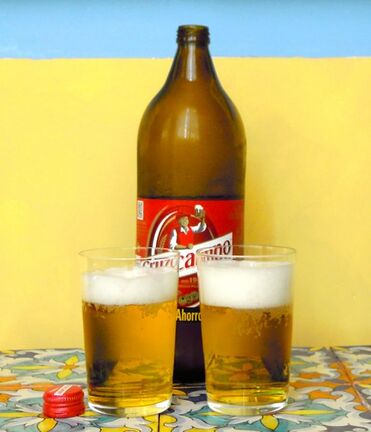 Beer: it does a body good. Beer: it does a body good. Of course, in a way, the entire population of Spain is a good test study. When I first moved to Seville, I expected nights out would be spent sipping the kind of earthy red wines Hemmingway wrote about. Instead, I found the brutally hot summer weather makes nearly everyone here opt for beer, the colder the better. A tiny, hole-in-the-wall bar called the Tremendo was the first in Seville to invest in equipment for chilling beer to just above popsicle temperature, and although others have now followed suit, on steamy nights people still line up outside the Tremendo for the pleasure of that first icy swallow. When I was a newbie in Seville and expressed a preference for a glass of white wine at the start of an evening’s revelry, Spanish friends would inevitably make jocular comments about how I was heading fast toward inebriation. I thought they were insane, of course, until I noticed that their words held a kernel of truth. Beer did ease me into a sociable evening more gently than wine. I developed a theory that because we live in a climate that leaves us all chronically dehydrated much of the year, beer’s higher liquid-to-alcohol ratio works to our advantage. That may be part of it, but now I know that it also helps balance electrolytes and replenish lost calories. In fact, it’s practically a health drink. 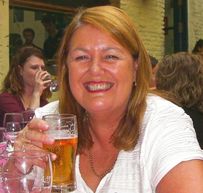 Rena: A woman who knows her beer Rena: A woman who knows her beer So Rena, I’m sorry I ever doubted you. Beer is better than water when you’re in urgent need of rehydration. And now that Seville’s temperatures are soaring to levels similar to the conditions of the Granada study, I’m forecasting a flurry of frosty pints in the near future. In the meantime, I’ll be looking forward to the next health breakthrough made by Spain’s selfless scientists. I’m keeping my fingers crossed they’ll find a way to convince us all that chocolate really is less fattening than grapefruit. Cheers.  WARNING! DANGER! WARNING! DANGER! I read recently that babies cry and couples quarrel more often in bright yellow kitchens. Maybe that explains why, when we painted our bathroom bright yellow some years ago, Rich and I loathed the new look yet argued for days about whether we should repaint or try to live with it. Somehow the charming buttercup paint we’d purchased had morphed into a radioactive glare that seemed capable of damaging our retinas, if not killing us outright. I can only assume it was originally intended for use on nuclear power plant warning signs rather than human dwellings. Rich (who hates painting) insisted it would be easier to start wearing sunglasses whenever we needed to use the bathroom, but I wasn’t sure anything less than a hazmat suit would provide adequate safety. In the end, cooler heads (well, mine) prevailed, and we repainted with a softer hue. Whew! Apparently, scientists could have predicted our tempers would flare in a confined space painted nuclear buttercup. Researchers have also discovered that bright red walls make us better at picky, left-brain tasks. Sky blue walls double our creativity while eroding our ability to balance our checkbooks. Pink walls encourage us to relax; sports teams often paint the visitors’ locker room pink in hopes of taking the edge off their aggression. (Parents of unruly teens may want to try this at home.) 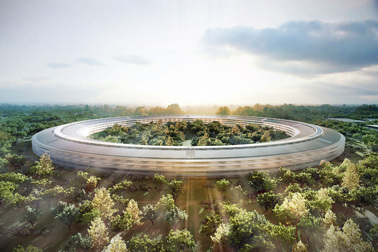 The Mothership, Apple's new HQ The Mothership, Apple's new HQ Ambitious architects, and the city planners who hire them, are paying attention to test results suggesting that undulating curves are more alluring than right angles. They’ve thrown out the old rulebooks to make city skylines more sinuous, causing residents to gawk and travelers to reroute their itinerary so they can gaze at the latest eye-popping landmarks. “From London's 'Gherkin' to the 'Marilyn Monroe' Towers in Ontario,” noted CNN, “when traveling through most of the world's major cities, you'd be forgiven for thinking that town planners had tried to baby-proof new buildings by imposing a strict ban on right-angles.”  Hadid says design is based on boat sails. Hadid says design is based on boat sails. It has not escaped notice that many of these curvaceous buildings seem to be imitating portions of the female anatomy that are seldom on public display. When Zaha Hadid revealed her design for the Qatar 2022 World Cup stadium, the voluptuous contours were so suggestive of female genitalia that it unleashed a storm of controversy; her protests that the design was based on the flowing sails of a dhow, the traditional Qatari fishing boat, have fallen on deaf ears. But even this debacle hasn’t slowed city planners and architects filled with dreams of glory. They’re defying the limits of construction materials, gravity, and their clients' budgets to construct outrageous landmarks that are being compared to giant pebbles, flames, Chinese fans, roller coasters, fjords, and Möbius strips, as well as various parts of the male and female anatomy. Reading about all these wild new buildings has added many cities to my travel wish list. My top choices: Den Blå Planet (The Blue Planet) in Copenhagen, Denmark, the largest aquarium in Northern Europe, shaped like a whirlpool. Completed 2013. The Flame Towers of Baku, in Azerbaijan, giant skyscrapers covered in LED screens that flicker like torches all night. Completed 2012. The Batumi Aquarium, whose form imitates giant river rocks washed up on shore of the Black Sea in the Republic of Georgia. Projected completion date: 2015 The Mothership, Apple’s new flying-saucer-shaped headquarters in Cupertino, California. Projected completion date: 2016 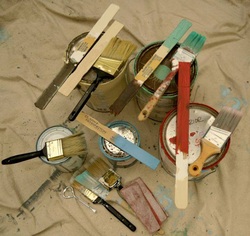 I can't wait to take a gander at these and other flamboyant new buildings on the horizon. In the meantime, I’m studying the psychology of color and thinking about my plans to repaint my home office. Do I want high-focus red? Imagination-liberating blue? I know I don’t want fight-with-your-husband yellow. Would pink be delightfully soothing or make me lose my edge? Hmmm. Maybe for now I’ll stick with the tawny neutral I have and give it a bit more thought. Seen any eye-popping monuments lately? I'd love to hear your thoughts about them! Leave a comment below. |
This blog is a promotion-free zone.
As my regular readers know, I never get free or discounted goods or services for mentioning anything on this blog (or anywhere else). I only write about things I find interesting and/or useful. I'm an American travel writer living in California and Seville, Spain. I travel the world seeking eccentric people, quirky places, and outrageously delicious food so I can have the fun of writing about them here.
My current project is OUT TO LUNCH IN SAN FRANCISCO. Don't miss out! SIGN UP HERE to be notified when I publish new posts. Planning a trip?
Use the search box below to find out about other places I've written about. Winner of the 2023 Firebird Book Award for Travel
#1 Amazon Bestseller in Tourist Destinations, Travel Tips, Gastronomy Essays, and Senior Travel
BLOG ARCHIVES
July 2024
CATEGORIES
All
|
